How not to gain weight on a transatlantic cruise
We recently made a
transatlantic crossing on
Norwegian Epic from
Barcelona to
Miami. It was a two-week cruise with port days in Madeira, St. Maarten and St. Thomas. This was our first transatlantic cruise, and we were looking forward to it as an adventure, but of course wanted to do some planning as well.
We Googled what was the biggest issue before a transatlantic cruise. It seemed that people were most concerned about
weight gain and dress code.
As Norwegian’s dress code is casual as part of their Freestyle experience, we didn't have any concerns about dress code. For dining out we normally feel comfortable dressed smart casual. Because we are used to warm restaurants in the South of France, our only concern was the cool AC in American restaurants. So our smart casual evening wear needed also to be warm.
In order to maintain stable weight, our aim was to try and maintain approximately our normal activity level and not to increase our calorie intake. Because we are used to regular hikes which take several hours, the first aim was challenging on board a ship.
We set simple rules for activity:
1. Always climb stairs and never use elevators.
We one day estimated that by climbing stairs we made about 200 m vertical ascent! We were thankful to Epic’s long corridors which were excellent low-level activity.
2. We planned to use Epic’s gym every other day and the running track the other days.
The gym was fantastic and much more appealing than the running track on deck 7. So we went to the gym almost every day, except port days, alternating with weight training and aerobic training.
3. We aimed to grab every opportunity for dancing.
The 2-day salsa course was great, and we did some ex tempore salsa when possible. For Halloween, we even tried to learn Michael Jackson’s Thriller steps.
4. On port days we wanted to pack in activities and not just sit in a tour bus.
Funchal in Madeira was great to explore by walking. We took Norwegian’s shuttle bus to the centre so we could walk in more interesting areas than in the port. In St. Maarten we participated in Orient Beach Rendezvous Tour. It was a great day with swimming in sea and walking on a super sandy beach; we could have stayed longer! We had visited Charlotte Amalie previously over 30 years ago and were curious to see how much it had changed. We took the 1,5 mile seafront walk from the ship to the old centre where we explored the alleys and shops.
5. We planned to do every day at some point stretching.
To our usual stretching we added some quiet time and tried mindfulness meditation. This was new to us, and felt so relaxing that we planned to continue with it. They had yoga on Epic, but it was at 8 am, too early for us unfortunately.
But still with all this we couldn’t quite maintain our normal activity level so we had to be stricter with our eating. Having previously done a short weekend cruise with Norwegian we knew that it is easy to make healthy choices and at the same time enjoy the great cuisine. Even so, some simple rules would make things easier because on cruise ships one is tempted all the time. According to one survey the average weight gain is 14 lbs. / 6.4 kg for a two week cruise.
We agreed to the following rules:
1. We planned to eat three moderate size meals and a small snack in the afternoon.
There were no problems with this meal plan, our habitual, except that the small snack tended to increase from a small plain yoghurt to a slice of quiche.
2. We decided to continue with our healthy moderate breakfast.
We had no problems choosing a healthy breakfast similar to what we usually have at home. Except that again the fruit portions quickly seemed to get bigger and bigger! Epic had wonderful soft Swiss style muesli, frozen berries and plain yoghurt. Luckily they also had small bowls to help with the portion control. Some days we skipped the muesli and had a vegetable omelet or egg Benedict perfectly cooked by a chef. This made us feel like a million dollar star!
3. We aimed to have lunch with plenty of salads and vegetables, a dressing with olive oil and vinegar, some protein and a slice of multigrain bread.
No problems with this. The buffet lunch was varied and tasty. We only drank ice water, never soda or beer which quickly add empty calories. On port days we enjoyed a glass of wine with lunch.
4. Sorry, no cocktails!
They are loaded with empty calories. Some examples: Mojito 160 kcal, Bloody Mary 168, Gin and tonic 190, Margarita 192, Cosmopolitan 200 kcal. A glass of dry sparkling wine has only 89 kcal, so we enjoyed a pre-dinner glass of Prosecco on special days like leaving a port or whenever there was something to celebrate.
5. We planned to have Norwegian's three-course dinner as we knew that the portions are moderate.
The exceptions were pasta, steaks and cakes which came in large American portions. We normally almost never order pasta anywhere in restaurants because the portions now are huge also in Europe and they never have whole wheat pasta. The steaks were good but we couldn’t eat them all. We were careful with the breadbasket. I gradually started to hide the breadbasket after my husband had had his slice. We had a glass of wine and ice water. In short, we enjoyed fine American dining at its best, and often to live music! The menus were varied; from fish and seafood to meat and vegetarian dishes. For dessert, we tried to avoid cakes and often chose fruit-based desserts. Epic’s Warm Dark Chocolate Volcano was super, and soon became our favourite dessert after a lighter main course.
6. Epic had a nice selection of wines by glass.
We enjoyed a glass of different wine every evening and made some new discoveries. We never had soda or beer, only ice water. After dinner we only drank water and always kept a water bottle in our cabin.
How did it go? We measured our waist line at the start of the cruise, one week later and at the end of the cruise. We used this measurement as a proxy to weight maintenance because most of the rapid weight gain accumulates on the waist. The result was that our waist measurements fluctuated plus or minus 0, 5- 1 cm, which can be considered a normal day to day variation. We certainly felt fitter and and stronger!










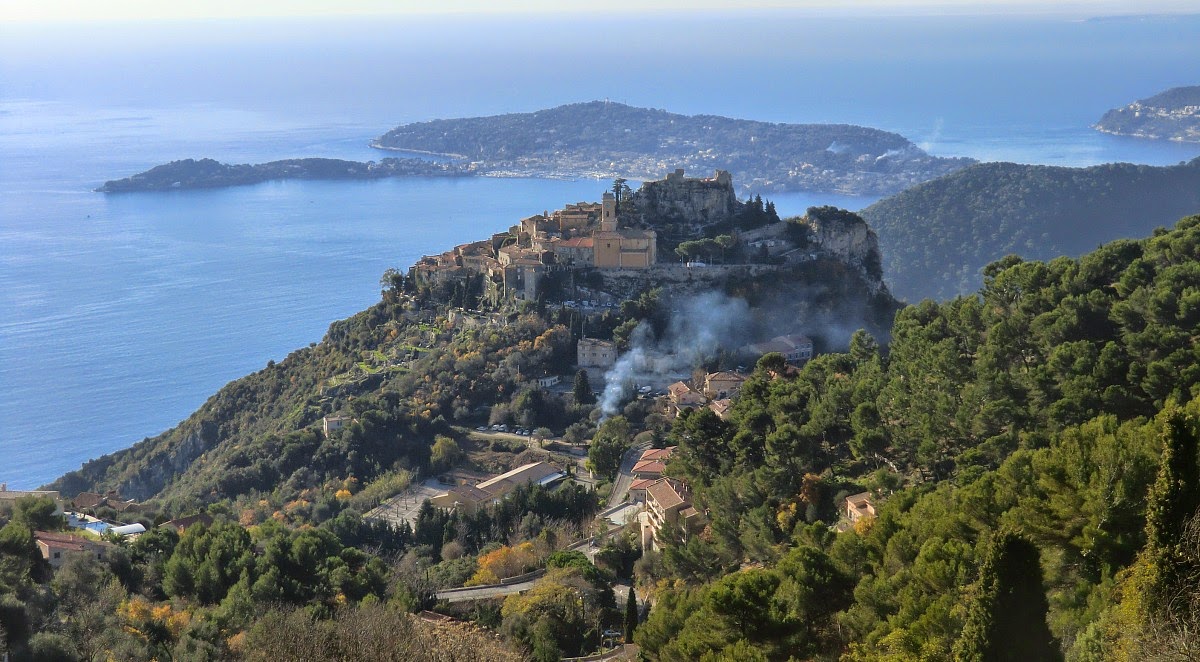
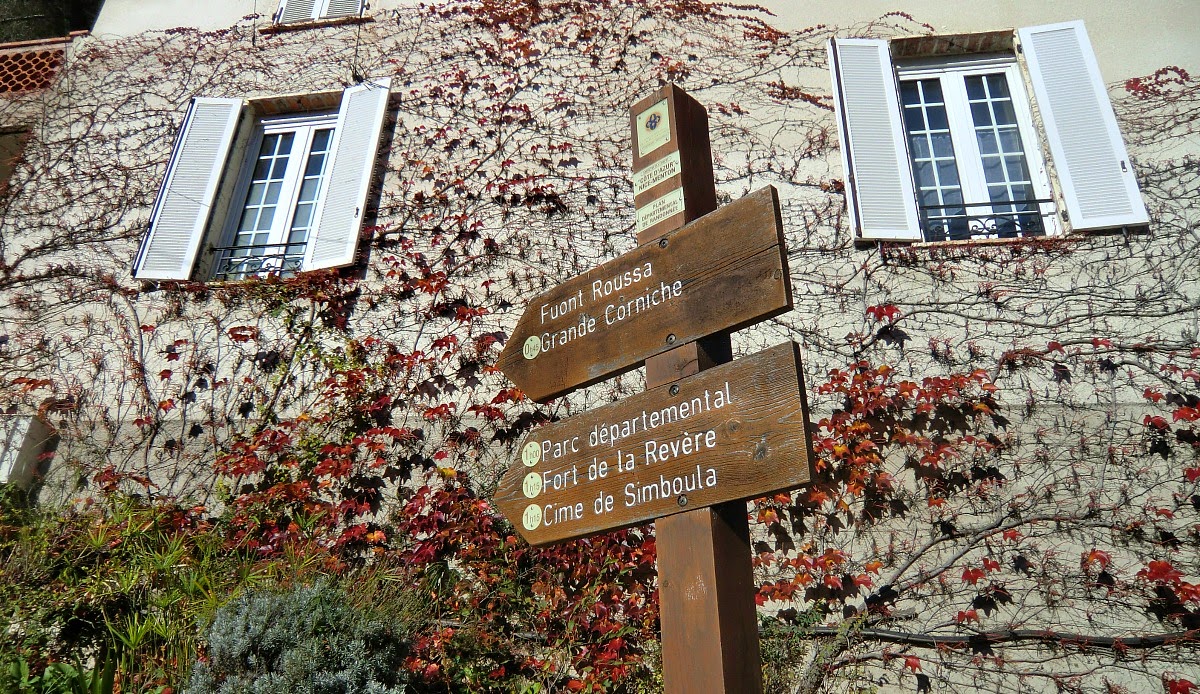
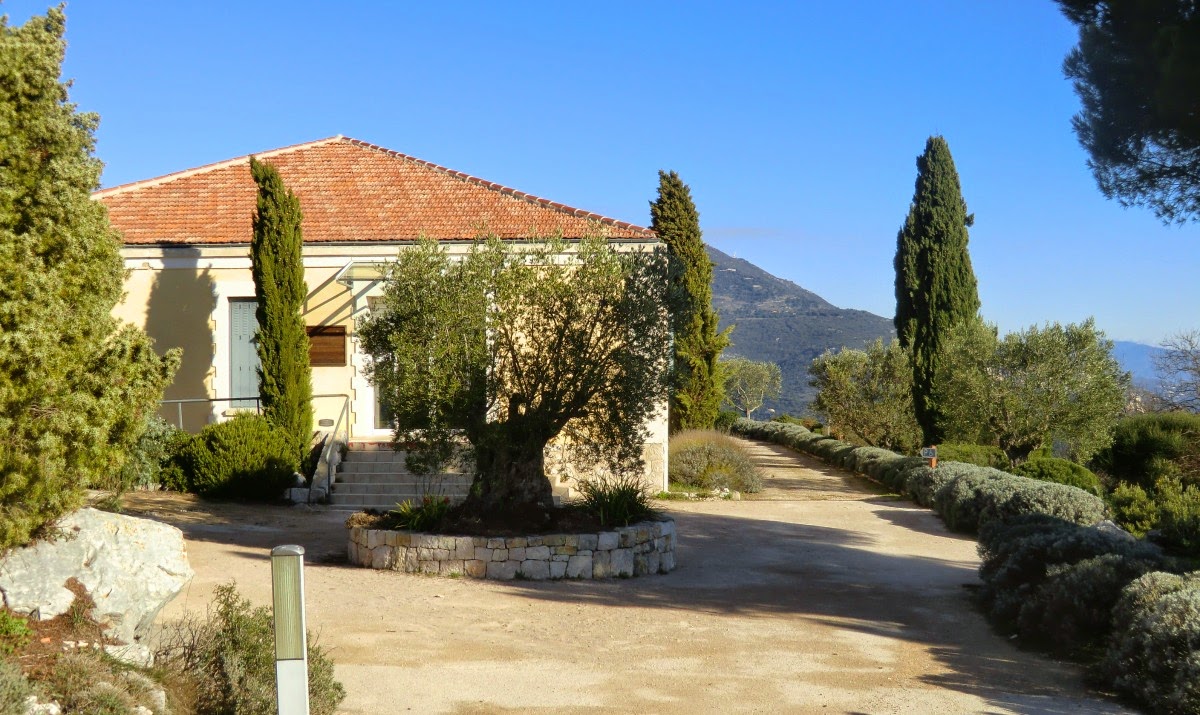
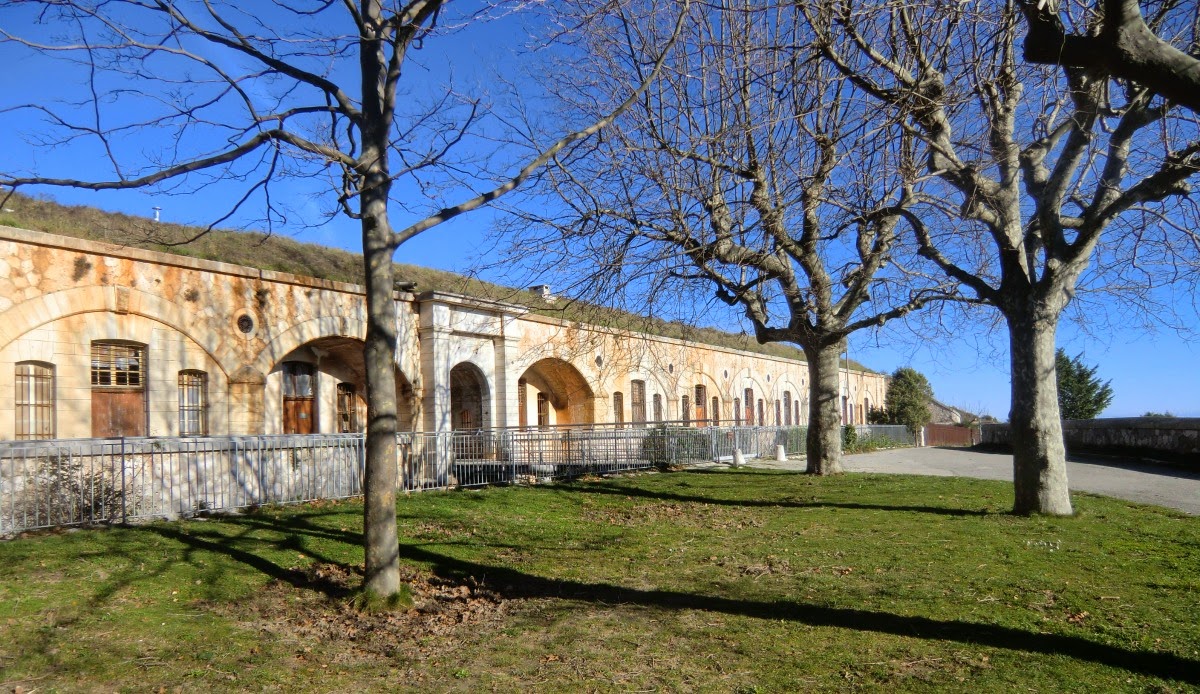


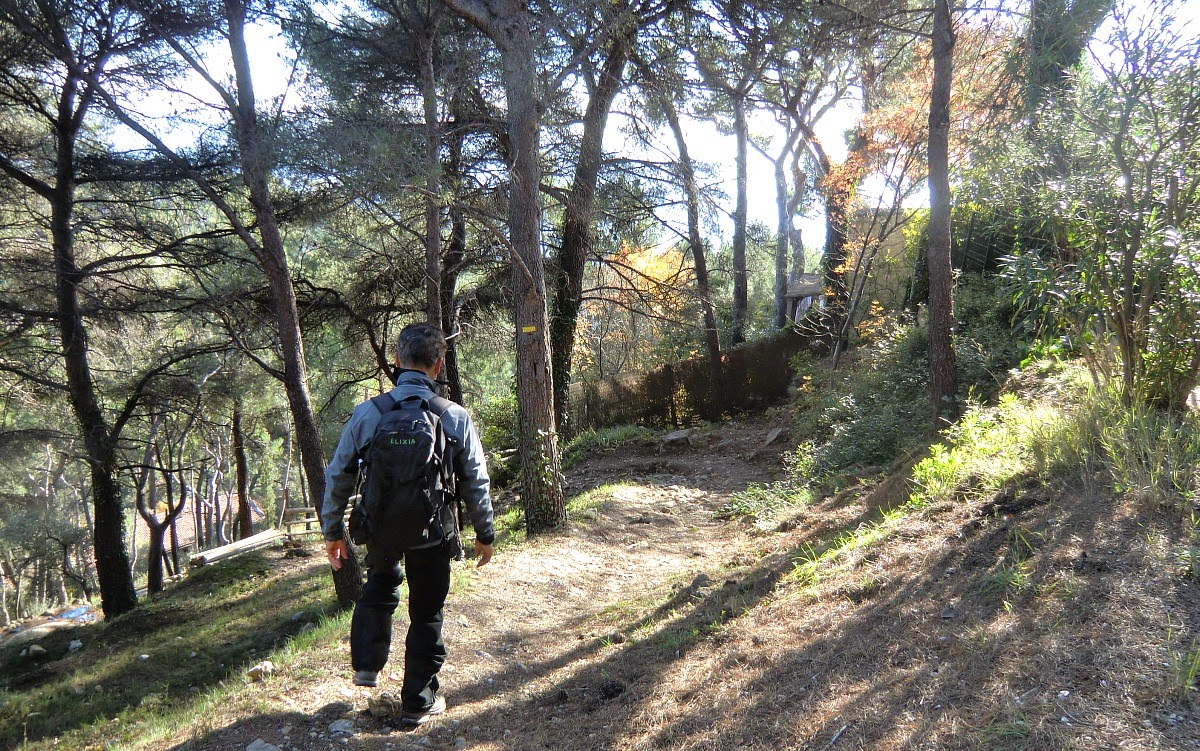





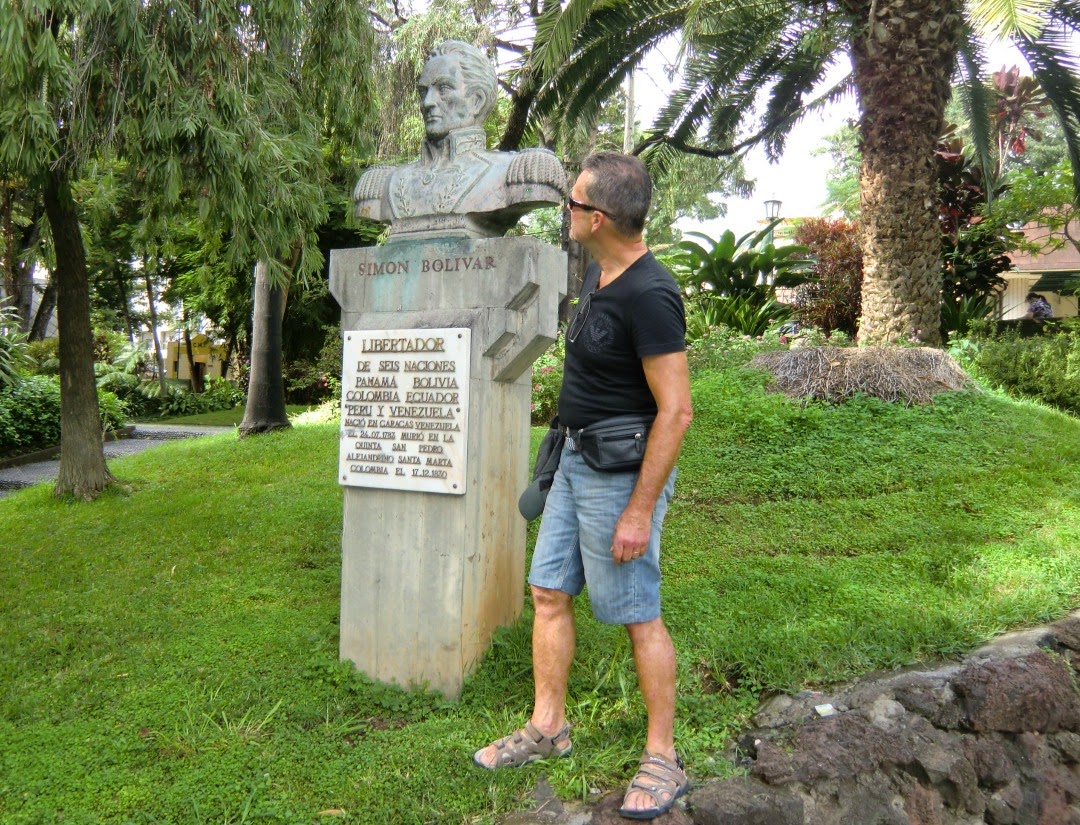
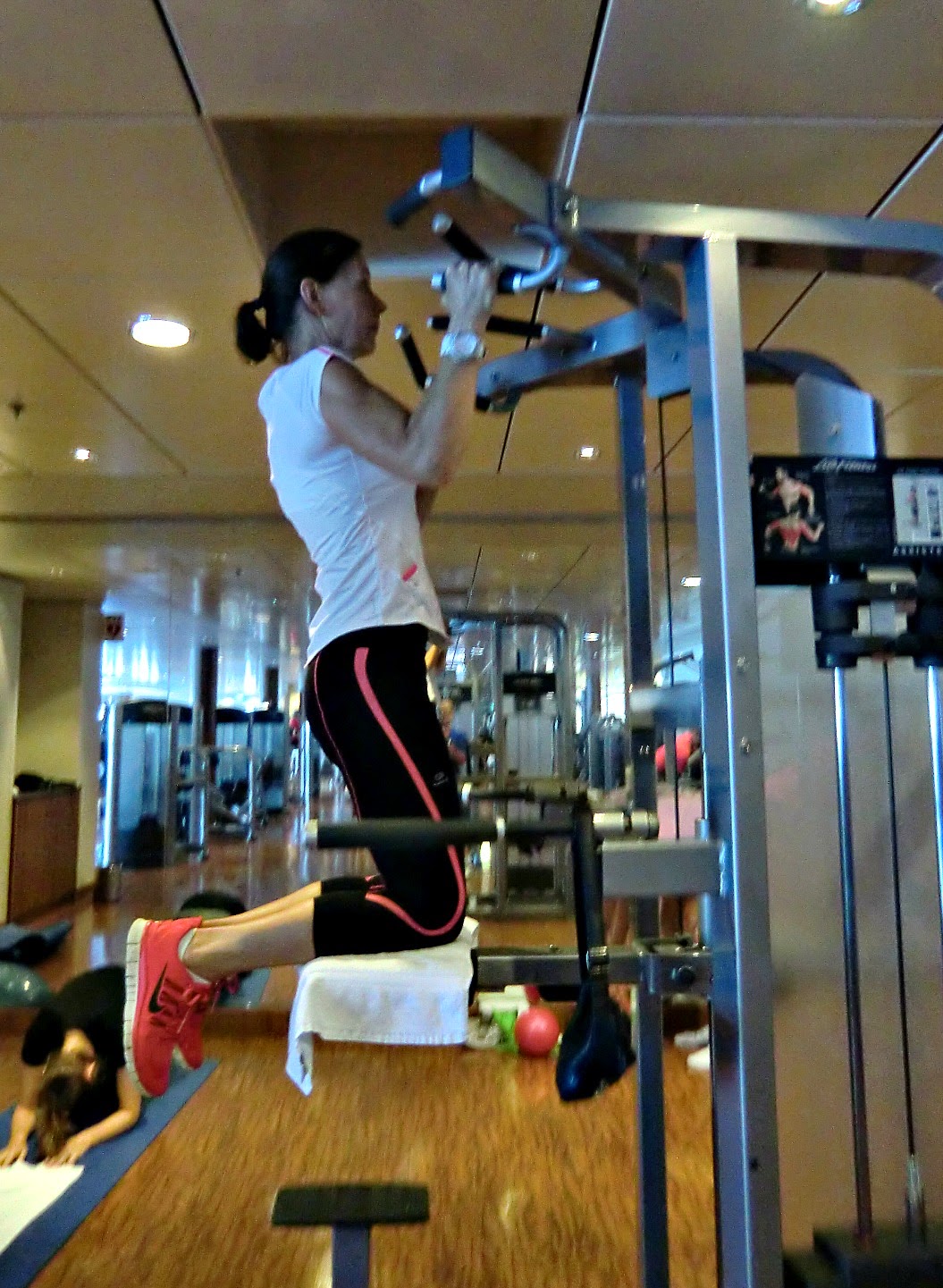
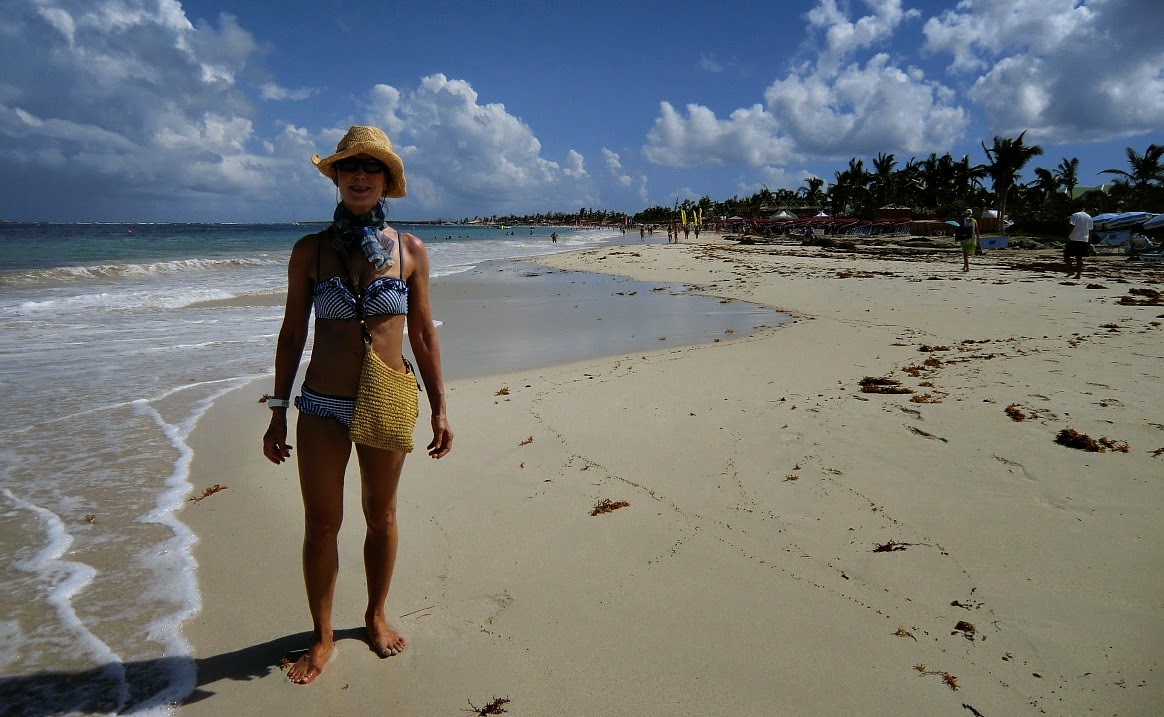
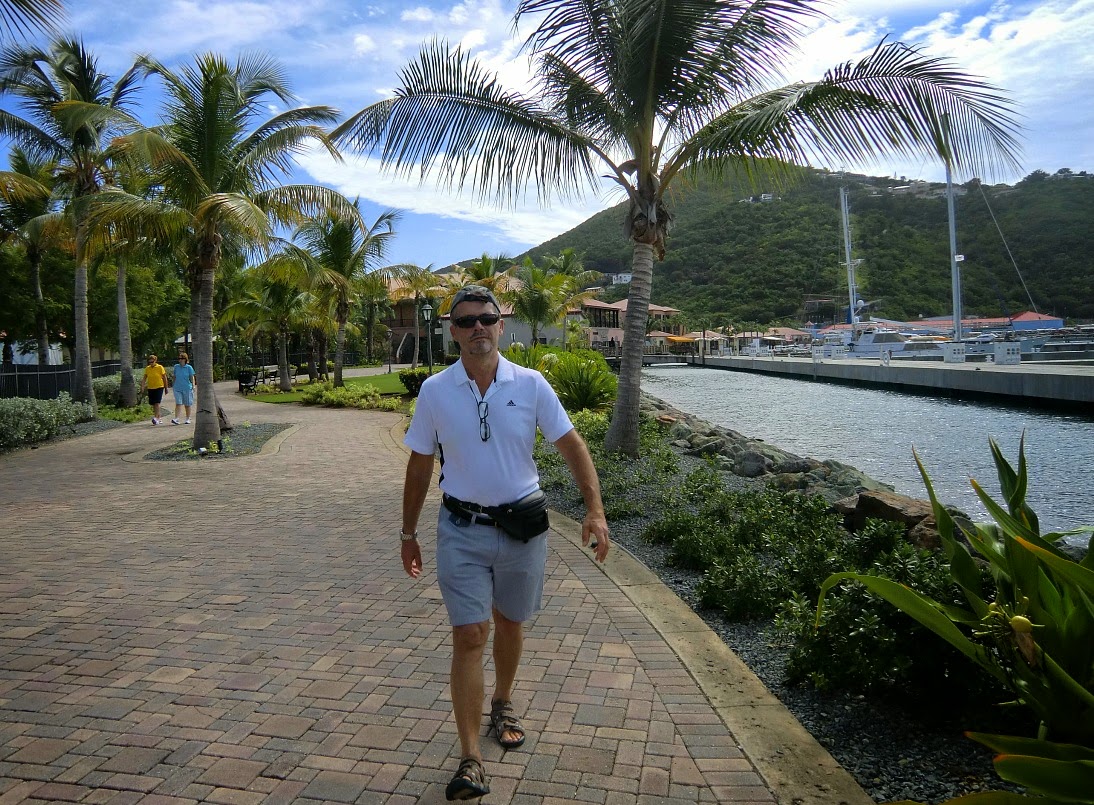


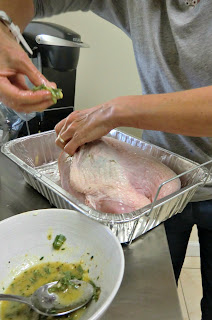




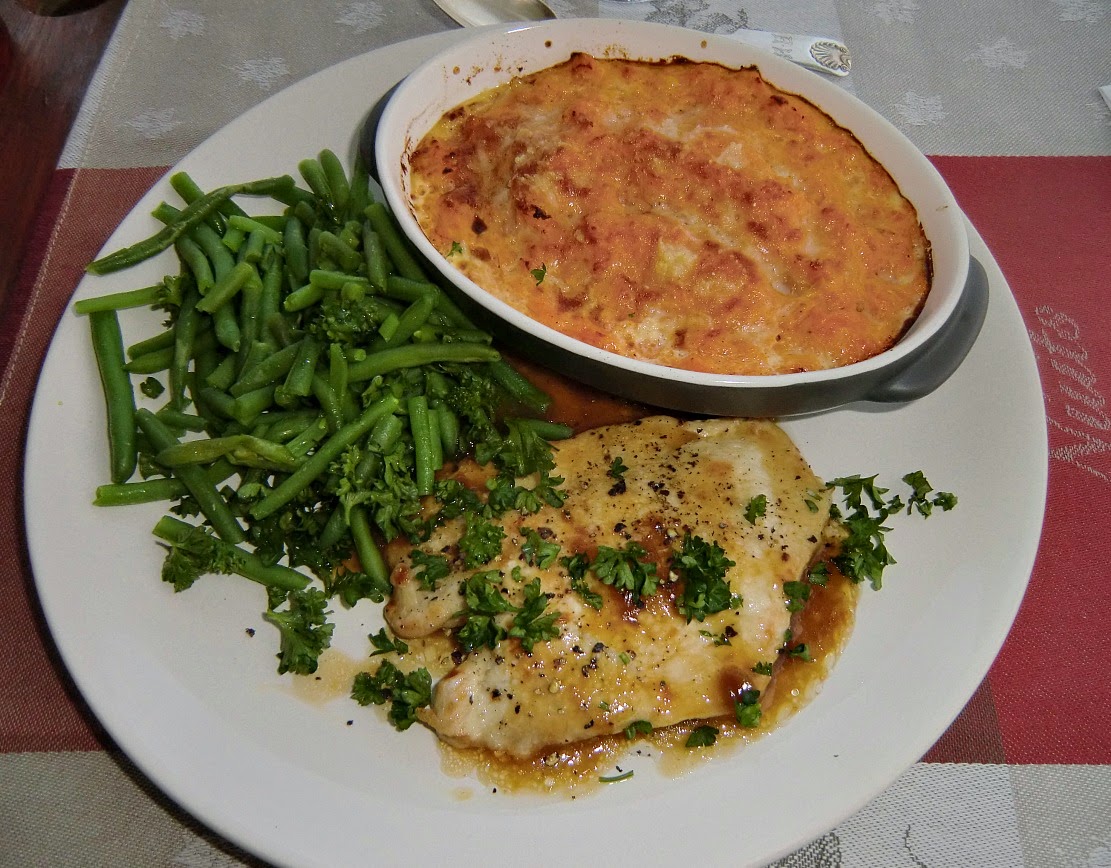
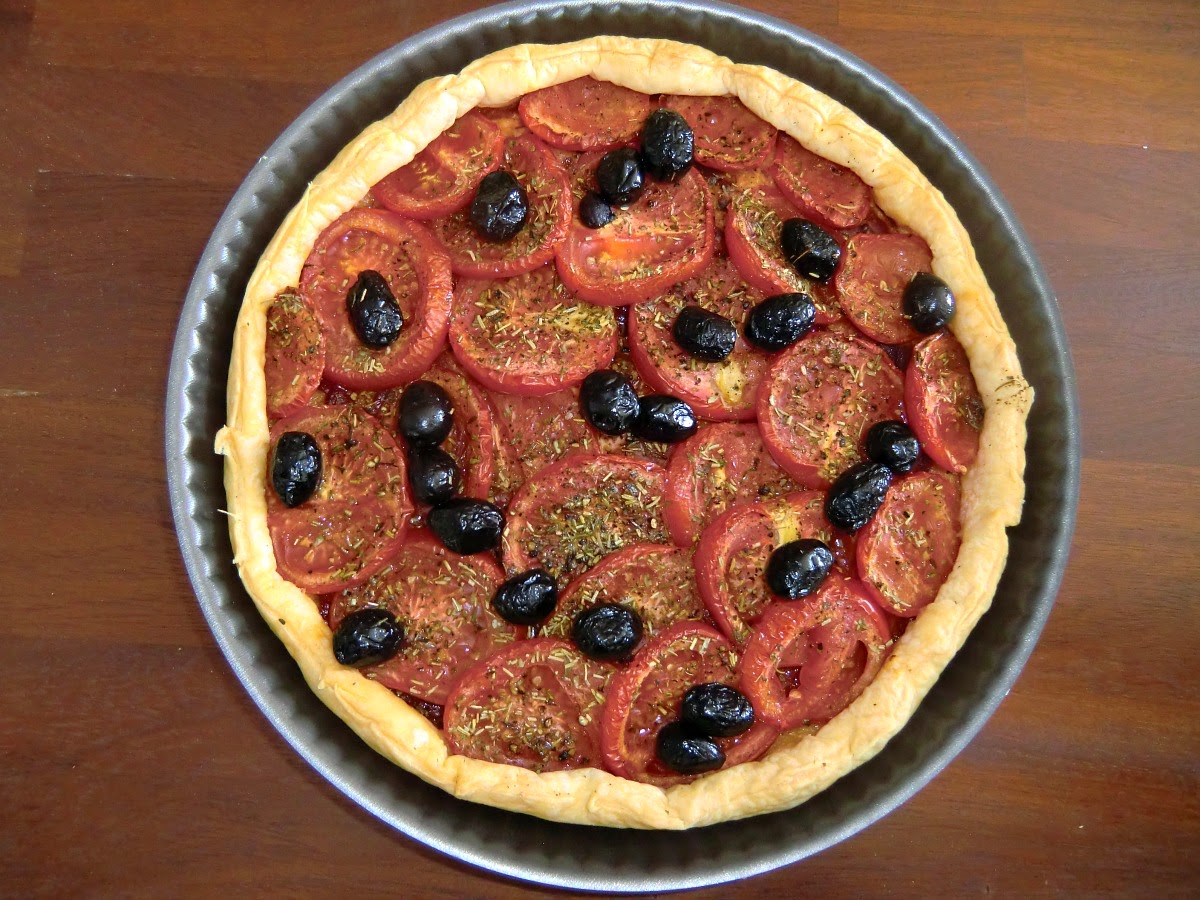
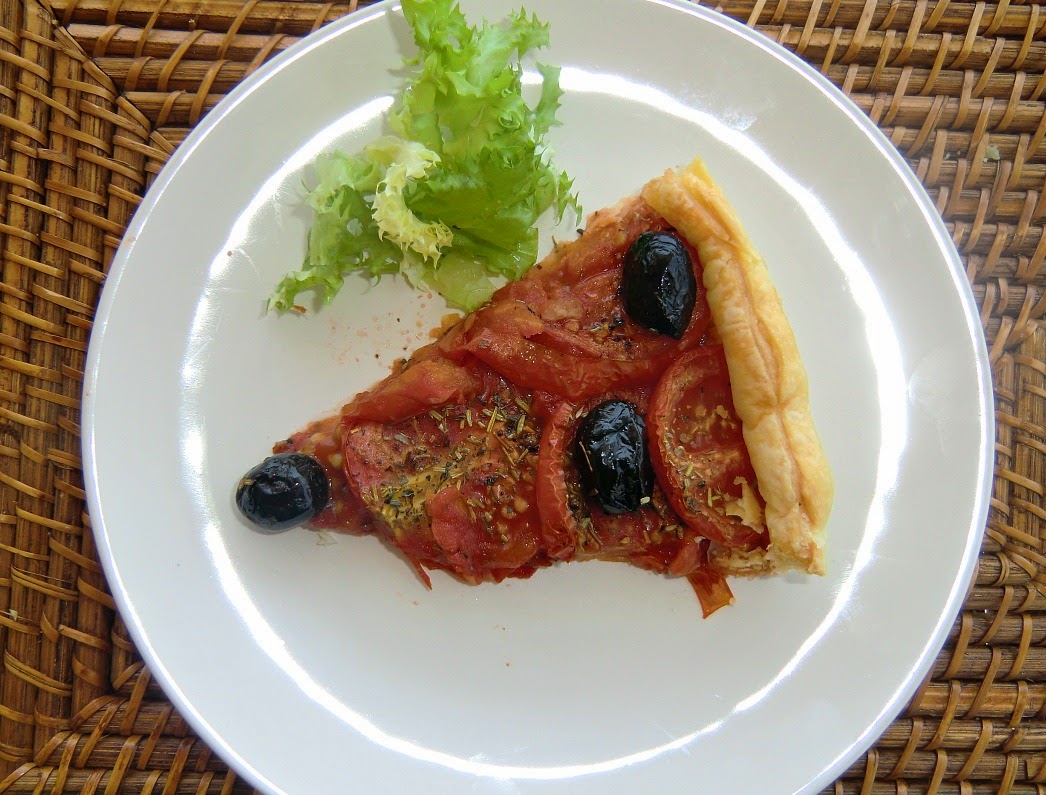







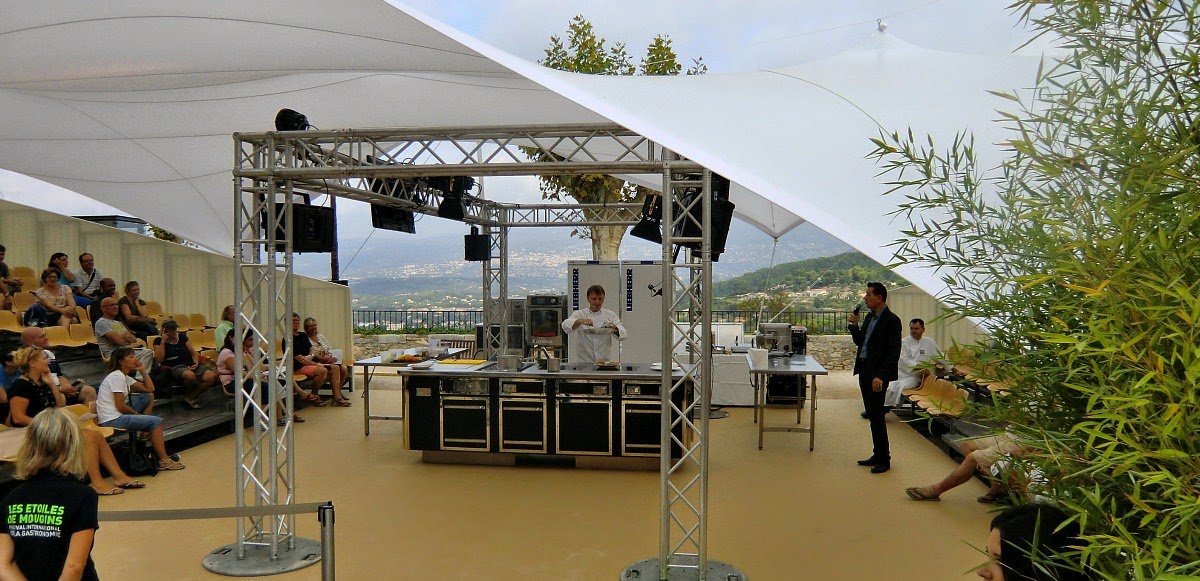
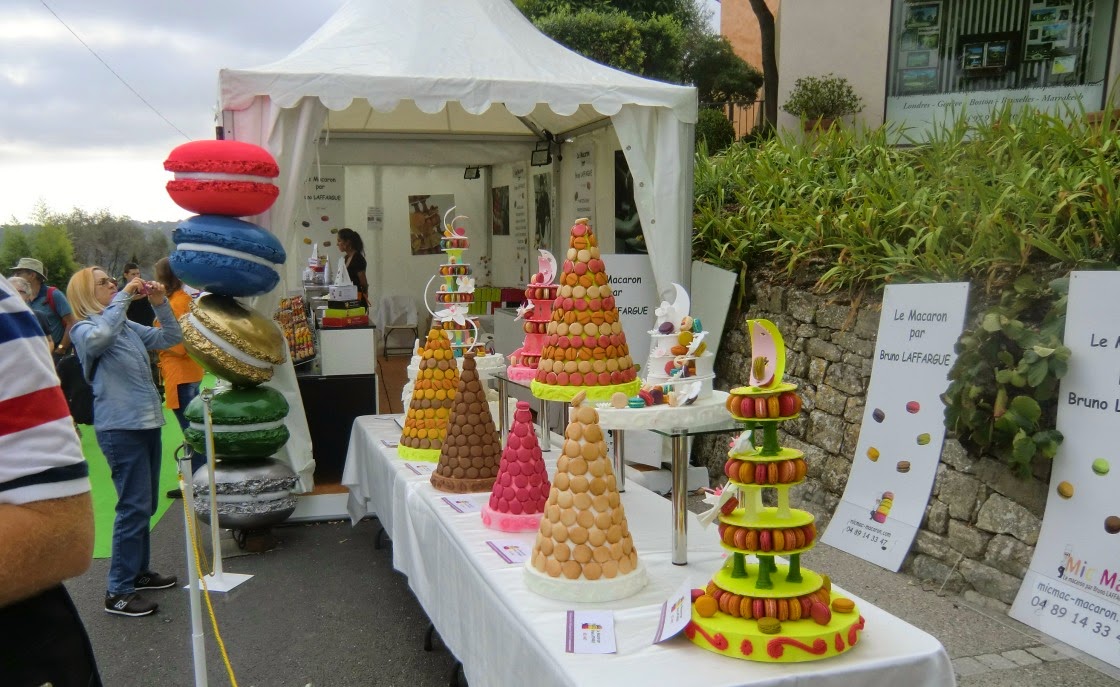
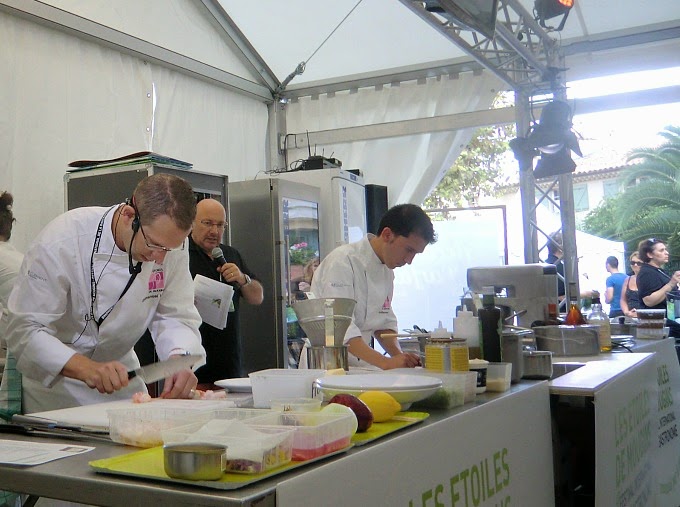



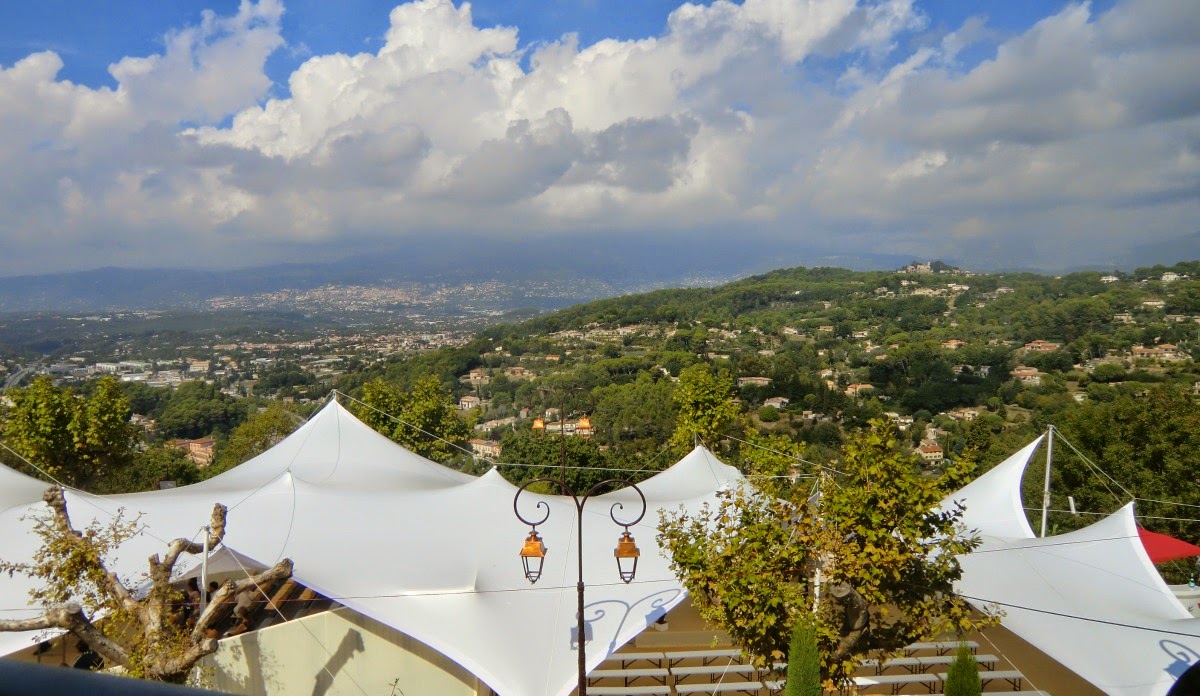


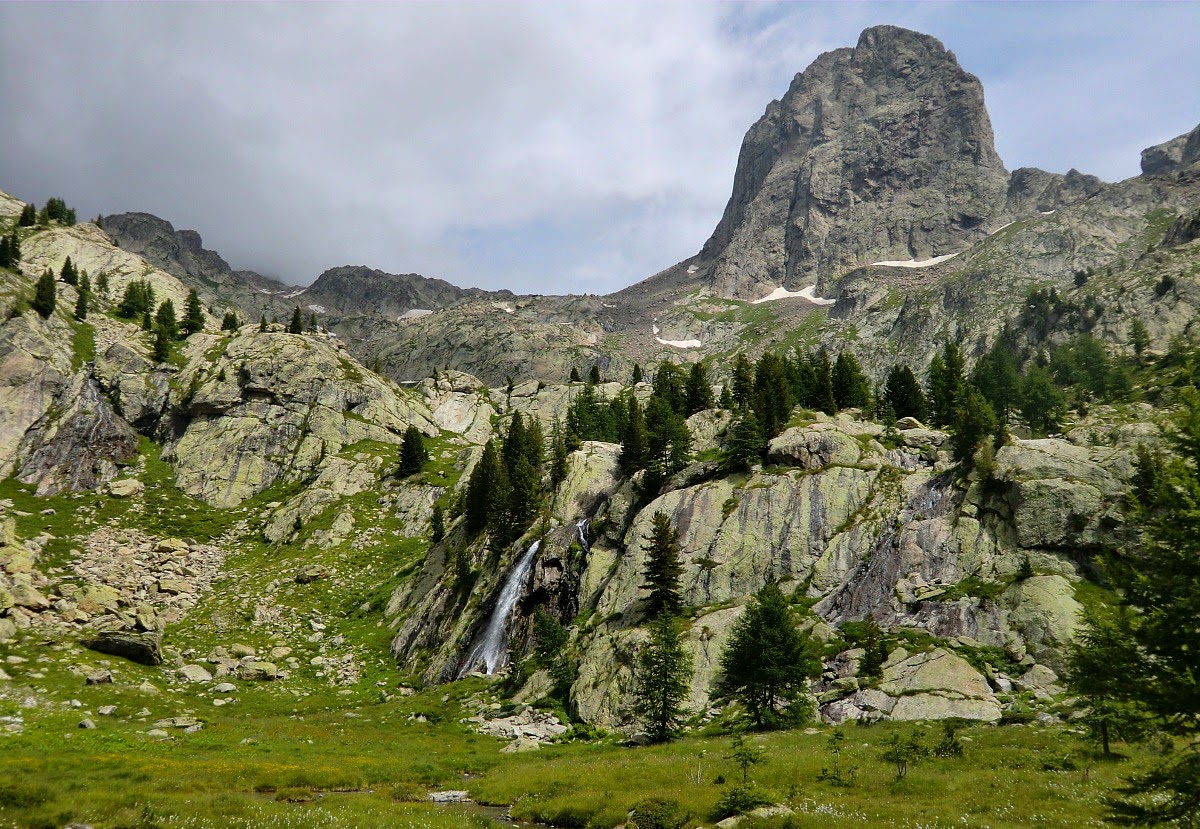
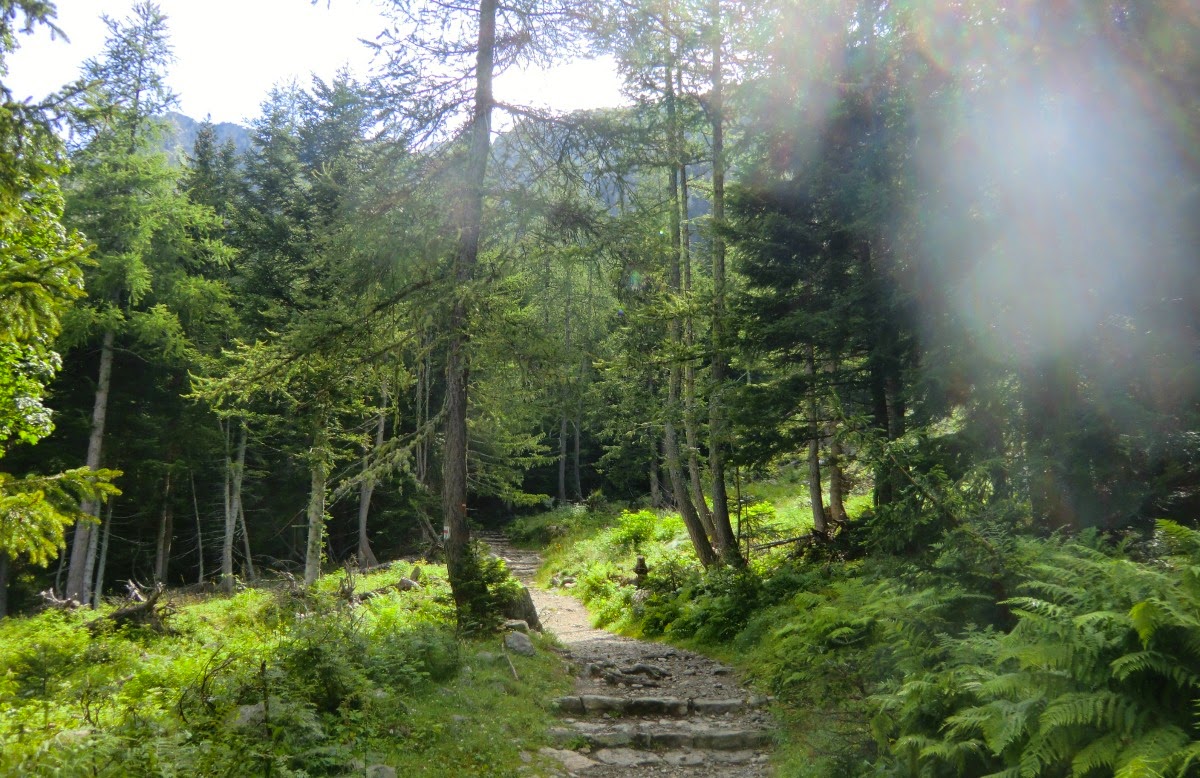


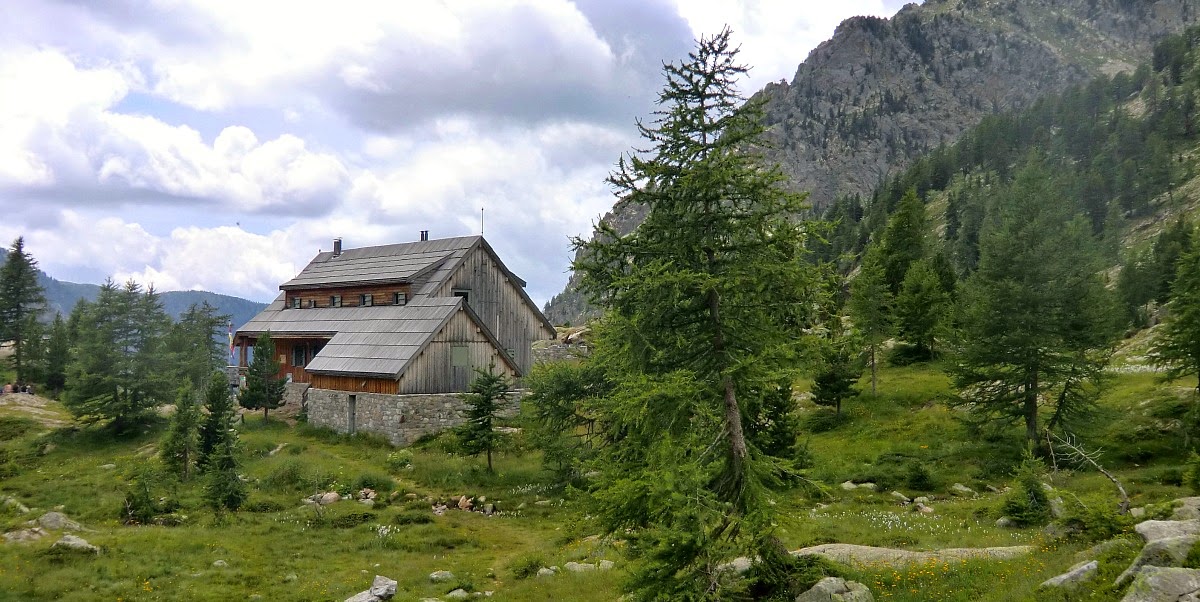






0 comments:
Note: only a member of this blog may post a comment.